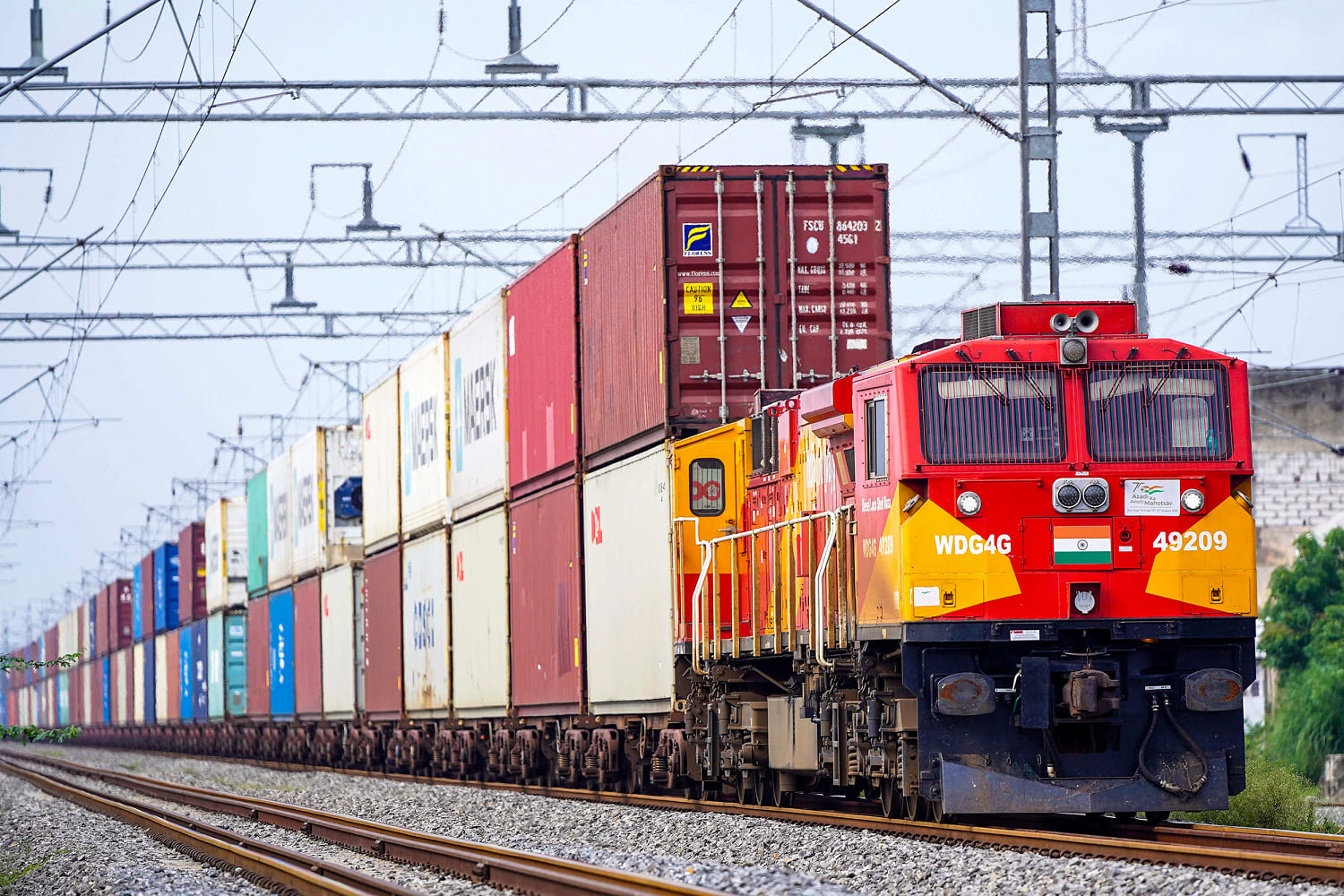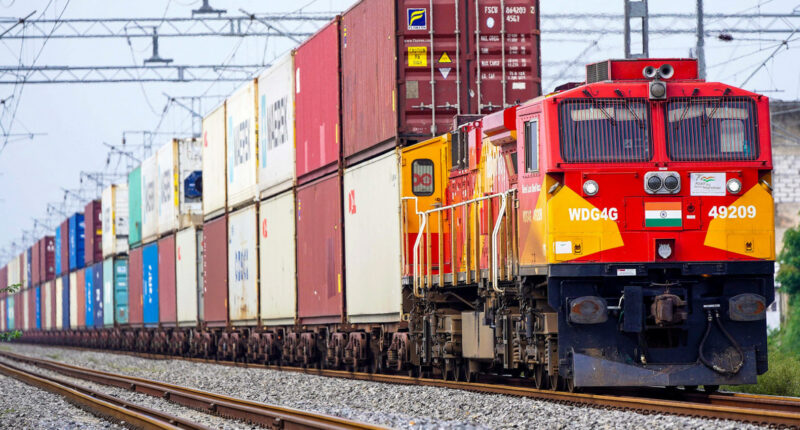Share this @internewscast.com

President Donald Trump’s implementation of 50% tariffs on India commenced on Wednesday, potentially jeopardizing a relationship considered essential for counteracting China’s ascent.
Initially, Trump set the tariff rate at 25% but escalated it to 50% this month as retaliation for India’s purchase of Russian oil. With this hike, India now faces one of the steepest tariffs amidst Trump’s ongoing global trade disputes.
Tariffs function as an import tax shouldered by American importing companies, with increased costs often transferred to consumers. In 2024, U.S. imports from India were valued at $87.3 billion, a 4.5% rise from the previous year, per U.S. government data.
This shift reverses the favorable stance India once had at the outset of Trump’s second term, attributed to growing U.S.-India economic ties and Trump’s rapport with Prime Minister Narendra Modi.
On NBC’s “Meet the Press” on Sunday, Vice President JD Vance — whose wife has Indian roots — stated that the U.S. employed “aggressive economic leverage” on India to “complicate the Russian oil revenue.”
Despite India’s opposition, the U.S. proceeded with its warning, which might severely impact half of India’s exports and push affected traders to explore markets in Latin America and the Middle East.
Meanwhile, the U.S. is India’s largest trading partner.
The 50% levy risks decades of warming of ties between the U.S. and India. Stock markets in India remained closed on Wednesday due to a public holiday.
Modi has vowed to defend the country’s farmers and small businesses.
“For me, the interests of farmers, small businesses and dairy are topmost. My government will ensure they aren’t impacted,” Modi said at a rally this week in his home state of Gujarat.
India and the U.S. are yet to reach a bilateral trade deal, even after holding five rounds of negotiations. That’s mostly because India is unwilling to open those sectors to cheaper American imports as it could threaten the livelihood of millions of Indians. The Indian leader is also under immense domestic pressure not to cave to the U.S.’s unilateral demands.
Trump also appears adamant on his demand that India stop buying Russian oil as he shifted his focus in recent days to broker peace in Ukraine.
Ironically, India’s continued purchase of Russian oil is informed by past U.S. requests to keep the price of oil low amid Western-led sanctions on Russia.
“They bought Russian oil because we wanted somebody to buy Russian oil,” Eric Garcetti, the U.S. ambassador to India under President Joe Biden, said at a conference last year. “It was actually the design of the policy, because as a commodity we didn’t want oil prices going up.”
















